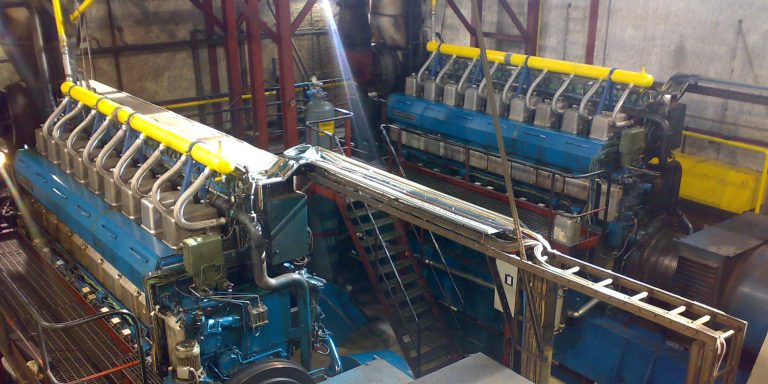Hydrogen the future marine “Fuel” – Shipping Circular Economy operational considerations
After the successful environmental update early this year (TIER III Compliance and energy optimisation) of M/V “Vasco Da Gama”, a 27 years old passenger vessel, TecnoVeritas is pursuing the Shipping Circular Economy projects by making possible existing diesel engines to operate with hydrogen. As Fuel Cells are not a solution to provide the required power for the vast majority of the marine propulsion systems, due to the power range involved, reliability, and hydrogen availability, TecnoVeritas is developing for the Portuguese shipowner Mystic Cruises the right solution. TecnoVeritas, has at the present moment the technology control of the complete marine hydrogen chain, from production to storage, delivery, and use onboard, of the existing ships with existing diesel engines.
The technology was developed by Dr. Jorge Antunes, back in 2006, during his Ph.D. research entitled “THE USE OF HYDROGEN AS A FUEL FOR COMPRESSION-IGNITION ENGINES”. Using the same technological approach, many marine diesel engines were converted to operate in a dual-fuel mode with natural gas, and some others with hydrogen. Now, is the right time for technology developed, by converting existing diesel engines to operate in a dual fuel mode, resulting in substantial reductions of all the exhaust pollutants, but mainly producing a saving in emissions related to the dismantling and construction of existing ships and their engines. In fact, Diesel engines are “energy Converters” with performances extremely close to that of Fuell Cells, but not calling for high purity hydrogen, neither for fuel cells’ specialised engineering skills that are somehow difficult to find. At the same time, the engine keeps its capacity of developing full power with MDO, and the hydrogen gas circuit is kept to a minimum. The storage is based on a LOHC solution, being carried on board by barge or by truck, but being kept at the atmospheric pressure and temperature. This technology makes the conversion projects much more desirable as there is no need for expensive cryogenic solutions, with a strong impact on the financial aspects of any conversion project. This was a lesson learned from the liquified natural gas solutions, which costs as well as training and safety did not help the feasibility of the projects, most in particular for mid-aged vessels as it is the vast majority of the world fleet.

Figure 1 – Engines converted to Dual Fuel in 2008.
From the first tests, it is expected to reach substitution rations at full load around 90%, i.e., 90% of the energy per cycle comes from hydrogen, and only 10% from the MDO that works as a pilot fuel (depending on the engine, higher substitution ratios can be reached up to 95%). Necessarily, a detailed study of ship bunkering capacity and stability must be carried out to make sure there is room for the whole LOHC required. The technology applies first to medium and high-speed engines, as for large bore two-stroke has not been tried out yet, and combustion instability may be hard to simulate, therefore a test engine is needed, but high to medium pressure direct injection is extremely promising.
By the end of the current year, the solution should be available to be installed onboard Mystic Cruises vessels, all going as expected.




